What is Color Temperature?
Color temperature is a unit of measurement that represents the color components within light, expressed in Kelvin (K).
The Concept of Color Temperature
The concept of color temperature is based on “black body theory.” A pure black object can absorb all the heat that falls on it and can release all the energy generated by the heat in the form of “light.” When a black body is heated to different temperatures, it emits different colors. The temperature at which the black body emits light that matches the color of light emitted by a given light source is called the color temperature of that light source, or simply, the color temperature. For example, when a black body is heated to 3000K, it turns yellow, and we define the color temperature of a light source emitting yellow light as 3000K. Therefore, color temperature essentially refers to the color of the light.
Examples of Color Temperatures
Different light sources have different color temperatures. For instance, candlelight is orange-yellow, while moonlight is white. Different color temperatures of light sources can affect the colors of objects within their radiation range. Generally speaking, orange gives a warm feeling, while blue feels cold.
- 1700 K: Match light
- 1850 K: Candlelight
- 2800 K: Typical color temperature of tungsten (incandescent) lamps
- 3000 K: Halogen lamps and yellow fluorescent lights
- 3350 K: Studio “CP” lamps
- 3400 K: Studio lamps and photographic floodlights
- 4100 K: Moonlight, light yellow fluorescent lights
- 5000 K: Daylight
- 5500 K: Average daylight, electronic flash
- 5770 K: Effective solar temperature
- 6420 K: Xenon arc lamps
- 6500 K: Common white fluorescent lamps
The Impact of Color Temperature
The higher the color temperature (>5000K), the cooler the tone of the emitted light, providing a sense of coolness and depth. Lower color temperatures (<3000K) emit warmer tones, appearing warm and vibrant. Mid-range color temperatures (3000-5000K) tend to emit white tones, which feel calm and refreshing. The progression is generally from red to orange-red, yellow, yellow-white, white, and finally blue-white.

Daily Variations in Color Temperature
Throughout the day, the color temperature changes continuously. For example, the color temperature is blue before sunrise, orange after sunrise, white at noon, and yellow in the evening. These changes in sunlight color are mainly due to the reflection effect of the atmosphere, rather than significant changes in the sun’s temperature.

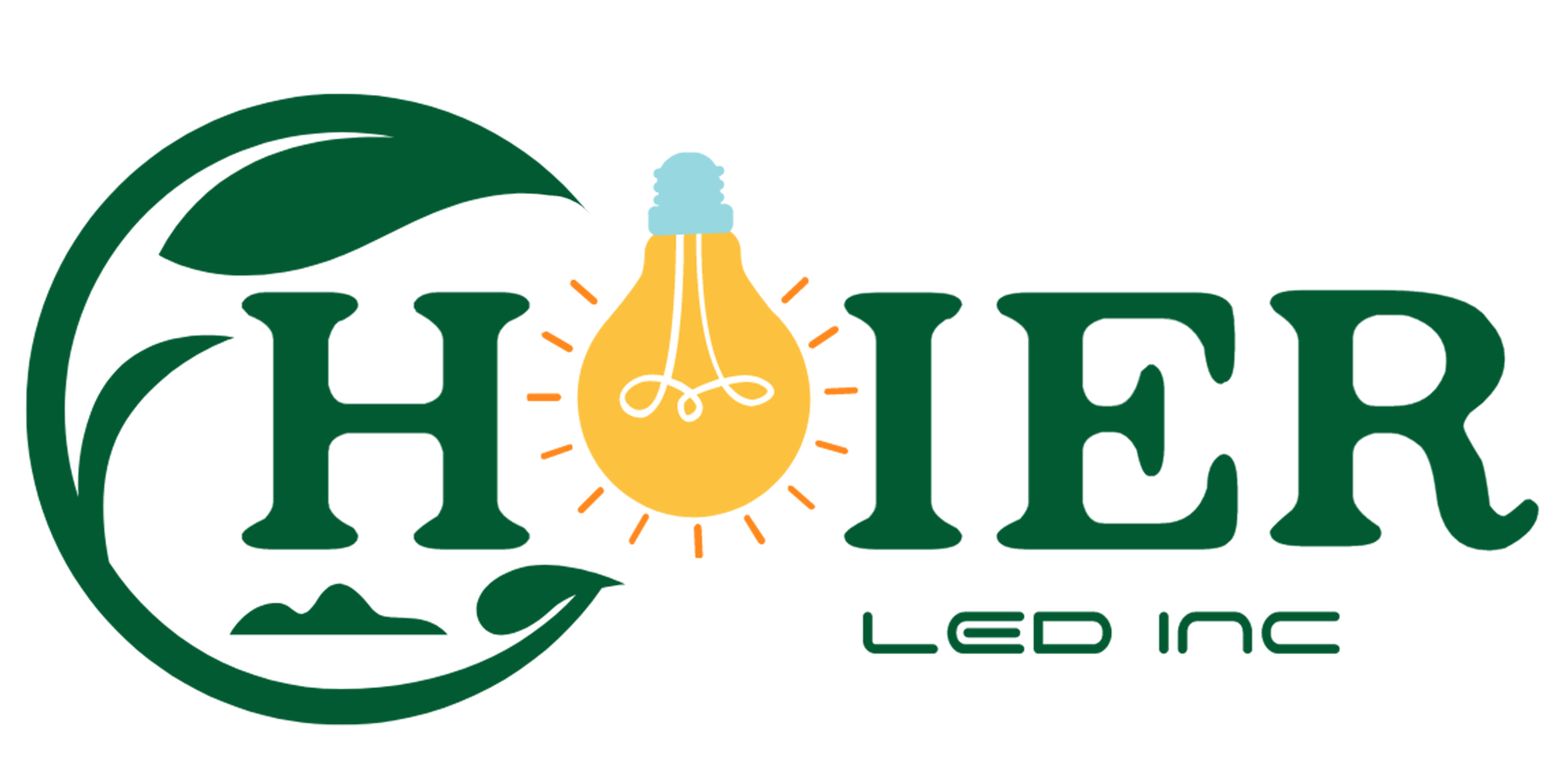
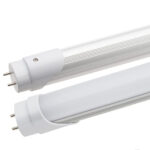 LED Tube Light
LED Tube Light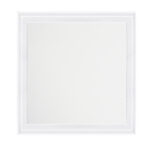 LED Panel Light
LED Panel Light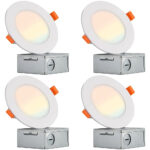 LED Down Light
LED Down Light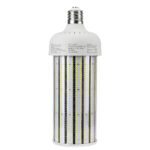 LED Corn Bulb
LED Corn Bulb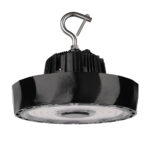 LED Highbay Light
LED Highbay Light LED Linear Strip Light
LED Linear Strip Light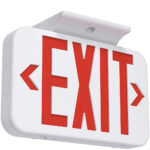 LED Exit Sign&Emergency Light
LED Exit Sign&Emergency Light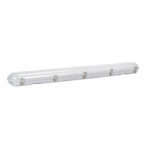 LED Vapor Tight Fixture
LED Vapor Tight Fixture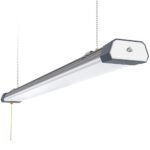 LED Shop Light
LED Shop Light LED Track Light
LED Track Light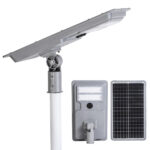 LED Solar Light
LED Solar Light LED Street Light
LED Street Light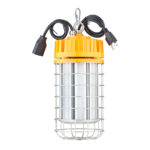 LED Work Light
LED Work Light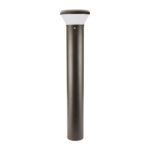 LED Bollard Light
LED Bollard Light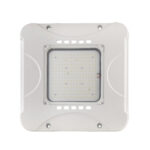 LED Canopy Light
LED Canopy Light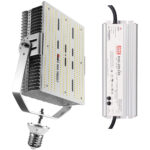 LED Retrofit Kit
LED Retrofit Kit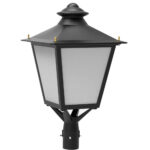 LED Post Top Light
LED Post Top Light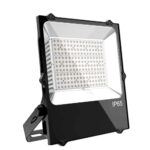 LED Flood Light
LED Flood Light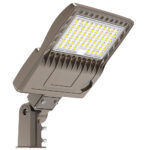 LED Shoebox Area Light
LED Shoebox Area Light LED Wallpack Light
LED Wallpack Light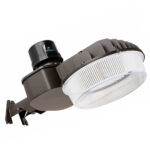 LED Dusk to Dawn Barn Light
LED Dusk to Dawn Barn Light LED Explosion Proof Light
LED Explosion Proof Light LED Fishing Light
LED Fishing Light LED Stadium Light
LED Stadium Light Emergency Backup Battery
Emergency Backup Battery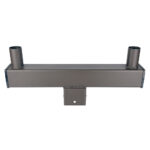 Pole Mounting Bracket
Pole Mounting Bracket Dimmer Switch
Dimmer Switch Photocell Sensor
Photocell Sensor Motion Sensor
Motion Sensor Light Pole
Light Pole Multi-strand Copper Wire
Multi-strand Copper Wire Waterproof Joint
Waterproof Joint Surge Protective Device
Surge Protective Device LED Driver
LED Driver Flexible Conduit
Flexible Conduit LED T8 Emergency Tube Light
LED T8 Emergency Tube Light LED E26/E39 Retrofit Bulb
LED E26/E39 Retrofit Bulb